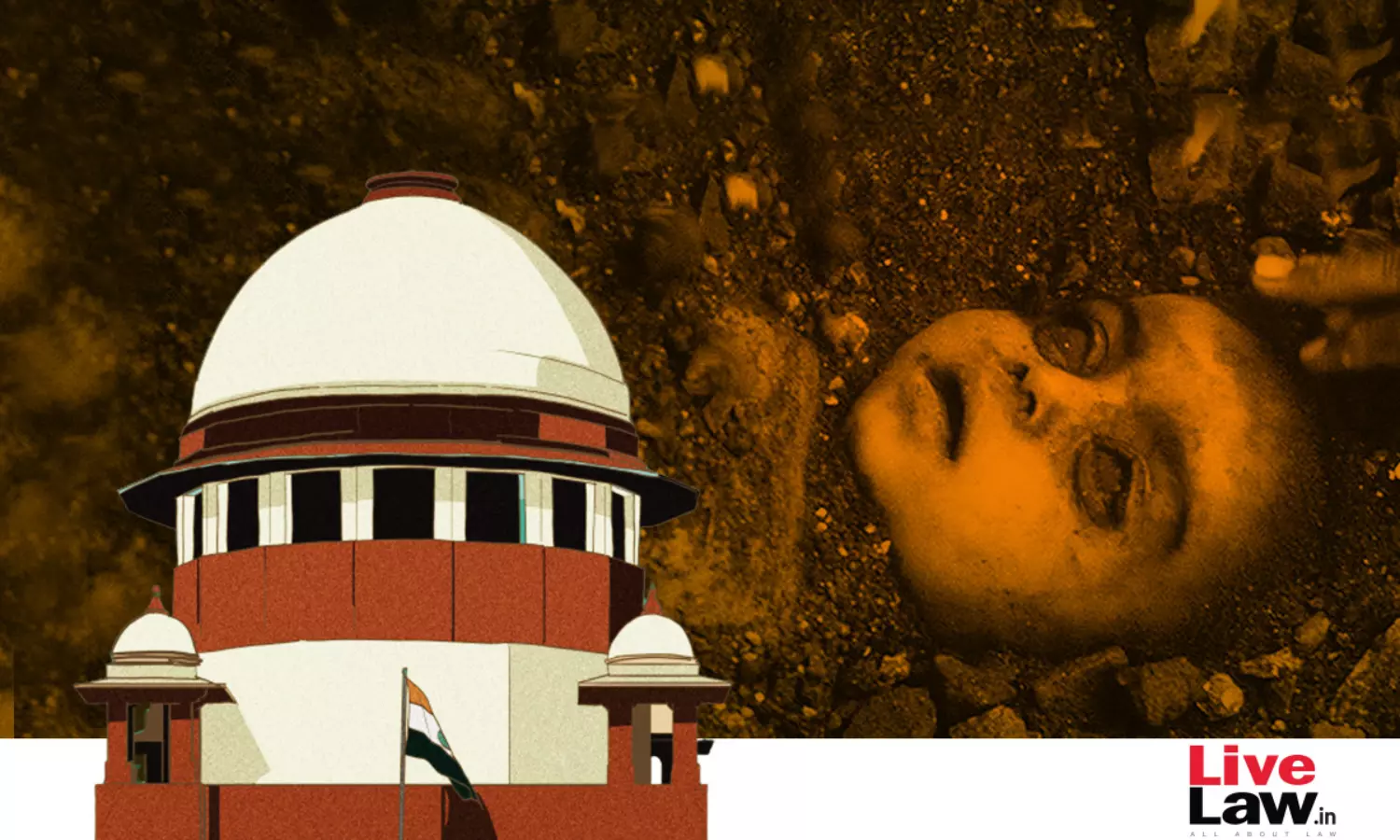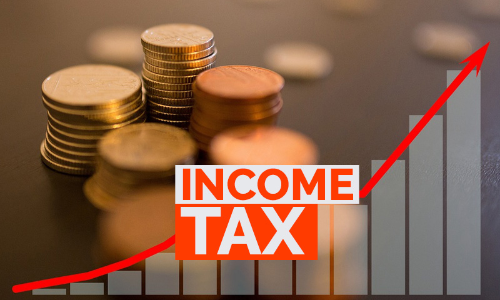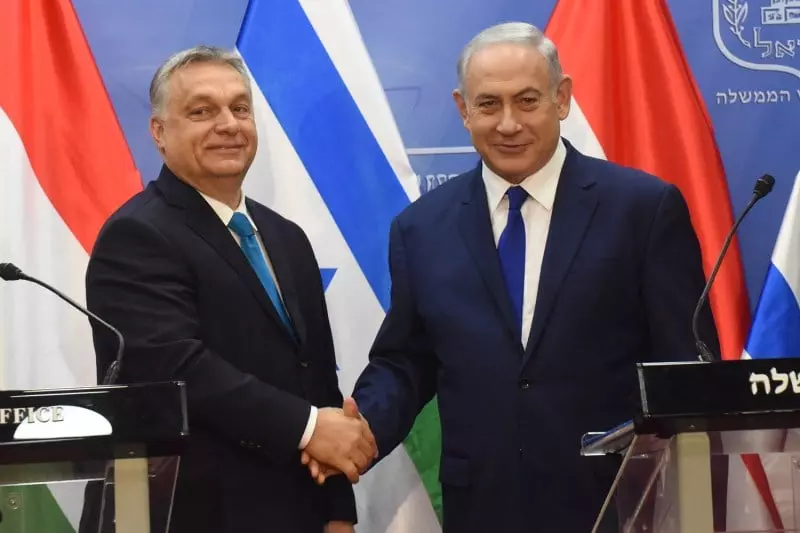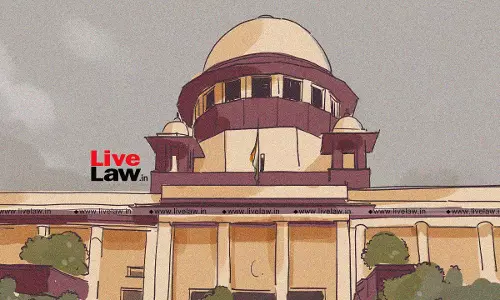Supreme Court’s Curative Order Has Made Justice For Bhopal Gas Tragedy Survivors Even More Elusive

The Supreme Court’s March 14 order in Union of India & Others vs Union Carbide Corporation & Others, dismissing the curative petitions seeking reexamination of the settlement amount, reached in 1989, following the Bhopal gas disaster in 1984, raises serious questions about the Court’s approach to the survivors’ grievances.The Constitution Bench, comprising Justices Sanjay...
The Supreme Court’s March 14 order in Union of India & Others vs Union Carbide Corporation & Others, dismissing the curative petitions seeking reexamination of the settlement amount, reached in 1989, following the Bhopal gas disaster in 1984, raises serious questions about the Court’s approach to the survivors’ grievances.
The Constitution Bench, comprising Justices Sanjay Kishan Kaul, Sanjiv Khanna, Abhay S.Oka, Vikram Nath and J.K.Maheshwari, dismissed the petitions on the specious plea that providing closure to a lis is a very important aspect and that mere sympathy for the sufferers does not enable the court to devise a panacea, more so while looking into the nature of dispute, and the multifarious occasions on which the Supreme Court had applied its mind to the settlement.
The Court held that if evidence were to be led for each claimant, this would open a pandora’s box in UCC’s favour and would only be to the detriment of the beneficiaries. “The money was needed in the immediate aftermath of the tragedy and not after three decades”, the bench added.
While providing this justification for early closure, however, the Court appears to have ignored the principles of Polluter Pays and Strict and Absolute Liability, which presume a higher threshold of liability in such cases on the polluters. The Union of India had withdrawn environment claims, on the ground that they deal with a different category of claims dealing with toxic waste and chemicals, seeking different damages. As a result, the Court simply accepted the polluter’s allegation that the Union and State Governments did not proactively detoxify or decommission the site (where the UCC’s pesticides factory once functioned in Bhopal before the disaster) thereby aggravating the problem. The Court concluded that this could not be a ground to seek annulment of the compromise, as the settlement had to be reached in an expedient manner.
“Midnight Settlement”
One of the arguments of the intervenors in the curative case was that the effects of MIC exposure are always permanent, never minor or temporary, and this information was in the exclusive preserve of UCC prior to the settlement. Despite this, categories of minor and temporary injury were proposed by UCC to the Indian Government to minimise liability. This proposal, they pointed out, formed the basis of the settlement. This suppression, they claimed, goes to the heart of the “midnight settlement” and the impugned judgments of 1989 and 1991 (Review) upholding the settlement.
It is curious that the Court specifically disapproved the use of the phrase, “midnight settlement” by the intervenors’ counsel, Karuna Nundy, to suggest a fraud was played upon the Supreme Court and the Union. The Court had found that the settlement was the most appropriate course of action, after a number of sittings and rounds of hearings. Nothing prevented the Court, however, from ignoring the use of the phrase, deemed inappropriate, and consider the substance of the survivors’ pleas.
The 1989 settlement for $470 million was based on the assumption that there were only 105000 gas victims including 3000 dead. The phrase, “midnight settlement”, was used by the intervenor’s counsel, Karuna Nundy, to suggest that the settlement was reached perhaps hastily in order to ensure early relief to the survivors, ignoring the “fraud” that was implicit in it.
As the intervenors showed in their submission to the Court, the vast majority of ill people, i.e., 5,27,894 persons were given compensation only for ‘temporary injuries” whereas the ICMR report shows that most ill persons did not recover and should have been given compensation for “permanent injuries”.
Further, serious illness was categorised as “disability”, and the compensation forms only recognise the “disability” of not being able to work. As a consequence, those without jobs , i.e., the most vulnerable victims were given the lowest compensation possible; 74 per cent of the most vulnerable applicants like elderly people, students, housewives, otherwise unemployed people and children, got the lowest compensation in the default category of “minor injuries”.
Victims, the intervenors alleged, were never consulted on how best to categorise their illnesses, as that job was done by UCC and largely accepted by the Union of India. Overall, the intervenors claimed, that the figures demonstrate that there is a need for thorough and objective review of the very basis of categorization and means by which figures of injuries were derived upon.
A curative petition could be entertained on the basis of the allegation that there was fraud committed at the time of the original judgment, but the Court asked the intervenors why they were alleging fraud.
Union of India’s plea
The bench took note of the Union of India’s claim to top up the settlement, i.e. maintain the factum of the settlement but to increase the amount in view of the incorrect and wrong assumption of facts and data in the impugned judgments and orders on the following grounds:
(i) Error in computation of Death cases - Court recorded the estimated number of death cases was 3000 whereas actual figure of death is 5295 cases.
(ii) Error in computation of Temporary Injury Cases - Court recorded the estimated number of temporary disability cases was 20000 whereas actual figure of temporary disability is 35,455 cases.
(iii) Error in computation of Minor Injury Cases - Court recorded that the estimated number of Minor Injury cases was 50000, whereas the actual figure of Minor Injury is 527894 cases.
(iv) Other Cases - In certain categories (viz. Permanent disability, utmost severe injuries, loss of property and loss of livestock) the actual number assumed by the court has been found to be on the higher side resulting in the extra provision of compensation in those categories.
The Court, however, refused to accept the Union of India’s contention that it could devise a curative jurisdiction that is expansive in character.
Fugitive Disentitlement Concept
But the bench ignores the submission of the intervenors that it should decide whether the fugitive disentitlement concept permits UCC to challenge the curative petition, without consenting to a magistrate’s jurisdiction or putting up money as compensation in the event that the case is decided against them.
The interveners also requested a Mareva injunction (one which prevents a defendant from dealing with their assets) and relied on the in pari delicto (in equal fault) concept. The doctrine meant that if there were two parties to a contract and one had broken the law, the other could not keep the benefit if they did not offer restitution. The same was dismissed by the Bench without reasoning.
Welfare Commissioner’s Estimate
The Court records in its order that the Bhopal Welfare Commissioner had, in fact, held in its order dated 31.01.2009 that on including the pro rata compensation, nearly six times the amount of compensation had been disbursed to victims in comparison with Motor Vehicle Accident claims. This order came in an application filed by organisations who sought enhancement of their claim amounts due to fluctuation in the conversion value of the Dollar vis-a-vis the Rupee prevailing at the time of the settlement in 1989.
But the Court ignores how the Welfare Commissioner desisted from examining all aspects of the application filed by organisations. In Paragraph 23 of the 31.01.2009 order, the Welfare Commissioner stated:
“In the light of the above statistics, it is to be noted here that including the amount of pro-rata compensation nearly six times higher amount of compensation in comparison with the Motor Vehicle Accidents claims, has been disbursed to all the gas victims who were found eligible for compensation in the process of adjudication of their cases”.
The organisations which challenged this order in the Madhya Pradesh High Court had pointed out that this assertion was just a bald statement. It was neither based on facts quoted, nor based on facts stated elsewhere. The impugned order had failed to give any coherent explanation as to how the Office of the Welfare Commissioner had arrived at this conclusion. The Welfare Commissioner did not shed any light on the method by which he reached the conclusion that nearly six times the compensation in comparison with Motor Vehicle Accident claims was paid to each of the gas victims. The organisations, on the contrary, had explained the method by which they had estimated that on an average the gas-victims were awarded only about one-fifth of the compensation they were entitled to as per the settlement. But the Supreme Court relied on the flawed assumption of the Welfare Commissioner, and did not consider its valid criticism by the organisations.
Legal Representation
According to Section 4 of the Bhopal Gas Leak Disaster (Processing of Claims) Act, 1985, the Central Government shall have due regard to any matter which a claimant requires to be urged with regard to her claim and permit a legal practitioner of her choice to be associated with the conduct of any suit or proceeding relating to the claim. The intervenors are disappointed that the Court described the survivors’ organisations as “groups stated to be representing the victims have endeavoured to ride piggyback on the curative petitions”. In Paragraph 50, the Court described them as private parties who sought to ride on the coattails of the Union and that this was not something which the court could countenance.
The intervenors are disappointed also because their counsel, senior advocate, Sanjay Parikh and Karuna Nundy got only 45 minutes each to argue, whereas the Attorney General for India, R.Venkataramani - on behalf of the curative petitioner, UOI and the UCC’s senior counsel, Harish Salve, got substantially more time than them to make their submissions. The question whether the outcome of the curative petitions would have been different had the intervenors - representing the claimants - got sufficient time to make their submissions remains.
Union of India’s omissions
As the curative petitioner, the Union of India had no explanation why it did not take the relevant insurance cover. The Court placed the responsibility on the Union of India, being a welfare State, to make good the deficiency, by taking out insurance policies. In its review judgment in 1991, the Court had directed the Union of India to obtain insurance cover for eight years and to provide free medical monitoring and treatment of victims. In case of any deficit in the settlement fund, the responsibility was placed on the Union of India as a welfare State to fulfil such deficiency. The Court termed the Union of India’s failure to take insurance policies as “gross negligence and a breach of the directions made in the review judgment”. The Union cannot be negligent on this aspect and then seek a prayer to fix such liability on UCC, the Court held.
The Court recorded the Attorney General’s response that a method for ‘topping up’ the settlement amount be devised under Article 142 of the Constitution of India. But the Court simply dismissed this plea without any reasoning thus: “We believe this would not be an appropriate course of action or a method to impose a greater liability on UCC than it initially agreed to bear”. Has the Court been extra-accommodative of the fugitive’s interests, as the intervenors allege?
In the event of the Court not agreeing to top up the settlement, the Union of India did not address the question why the suit itself could not be reopened, even if it involved refund of the compensation paid by the UCC as part of the settlement. As parens patriae, the Union of India assumed responsibility for the settlement on behalf of the claimants; therefore, the same doctrine would require the Union of India to seek to reopen the suit itself, if it is convinced of its claim for higher compensation for the survivors. But it didn’t.
Lastly, the Court has directed that the sum of Rs.50 crore - lying unused with the RBI and meant for compensation among the claimants - should be utilised by the Union of India to satisfy pending claims, if any, in accordance with the Bhopal Gas Leak Disaster (Processing of Claims) Act, 1985 and the Scheme framed thereunder. But the Court is oblivious of the fact that this amount is meant to be disbursed among those claimants who were already found eligible for the compensation, but could not collect their amounts from the Welfare Commissioner, for reasons such as migration, etc. A few thousand claimants did not turn up to claim their pro rata compensation disbursed by the Welfare Commissioner, and as a result, the amount of Rs.50 crores remained unspent.
In any case, this ‘surplus’ amount cannot be used to satisfy claims not anticipated earlier, as the Court erroneously assumes, probably because the Union of India did not clarify this during the hearing. In Paragraph 38, the Court merely records the Attorney General’s submission that a sum of Rs.50 crore was still lying with the RBI to take care of victims. In Paragraph 48, the Court stated that even assuming that the figures of affected persons turned out to be larger than contemplated earlier, an excess amount of funds remained available to satisfy such claims. It appears that the Court mixed up facts and arrived at erroneous conclusions.




